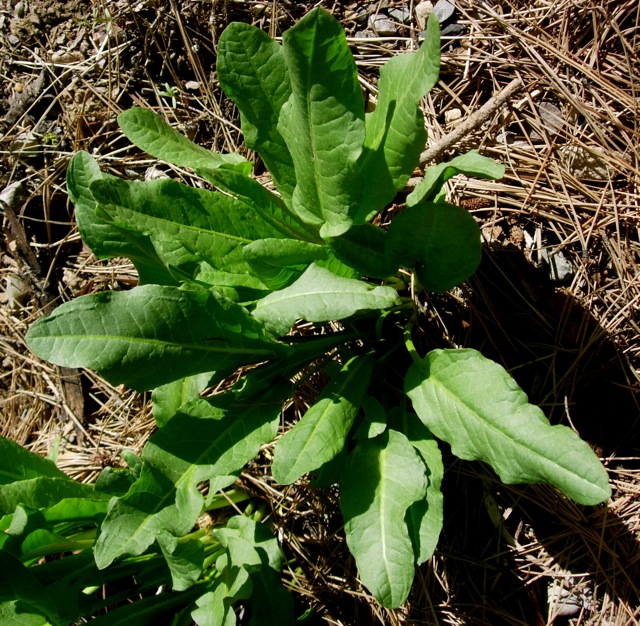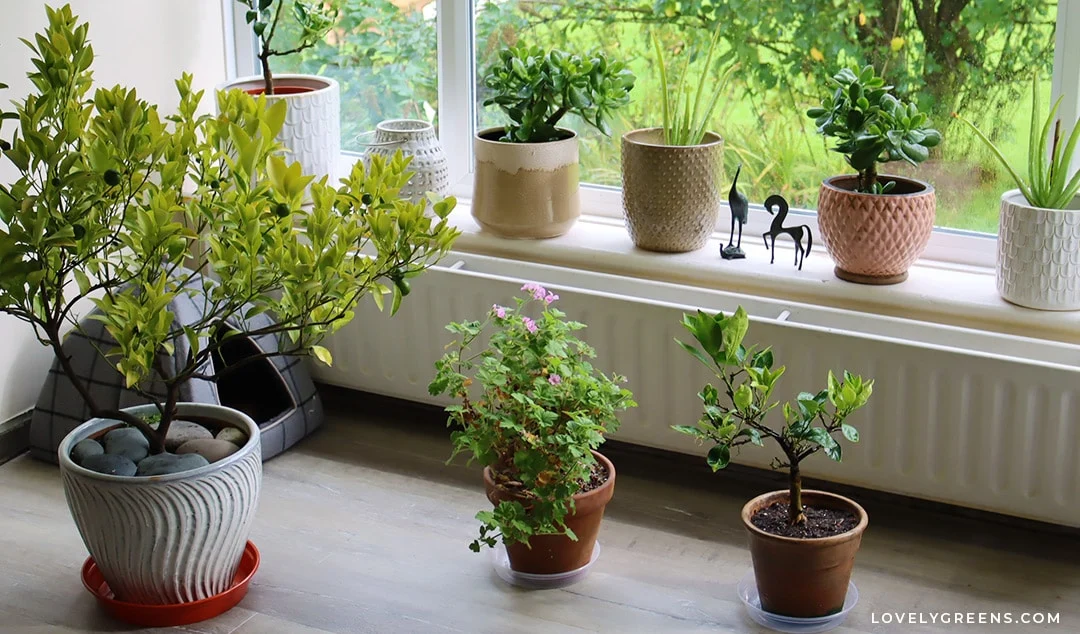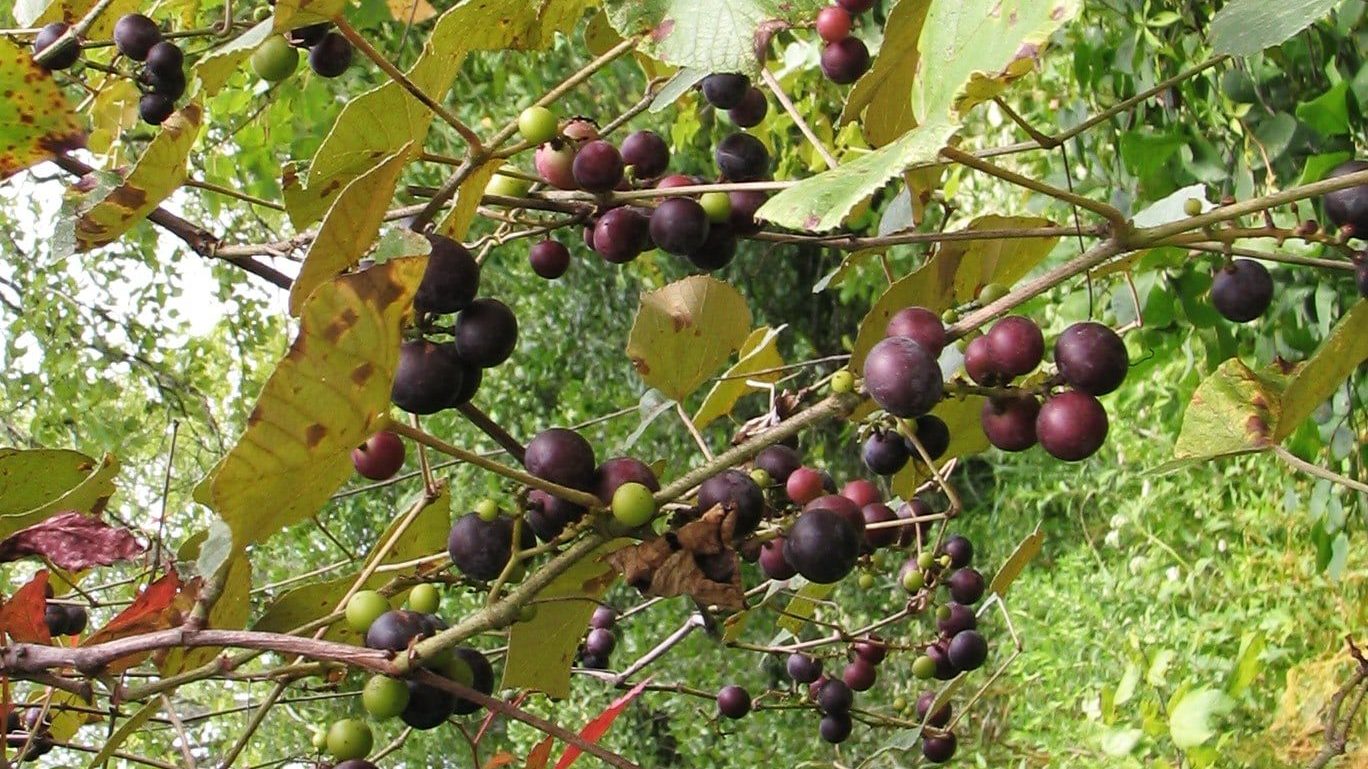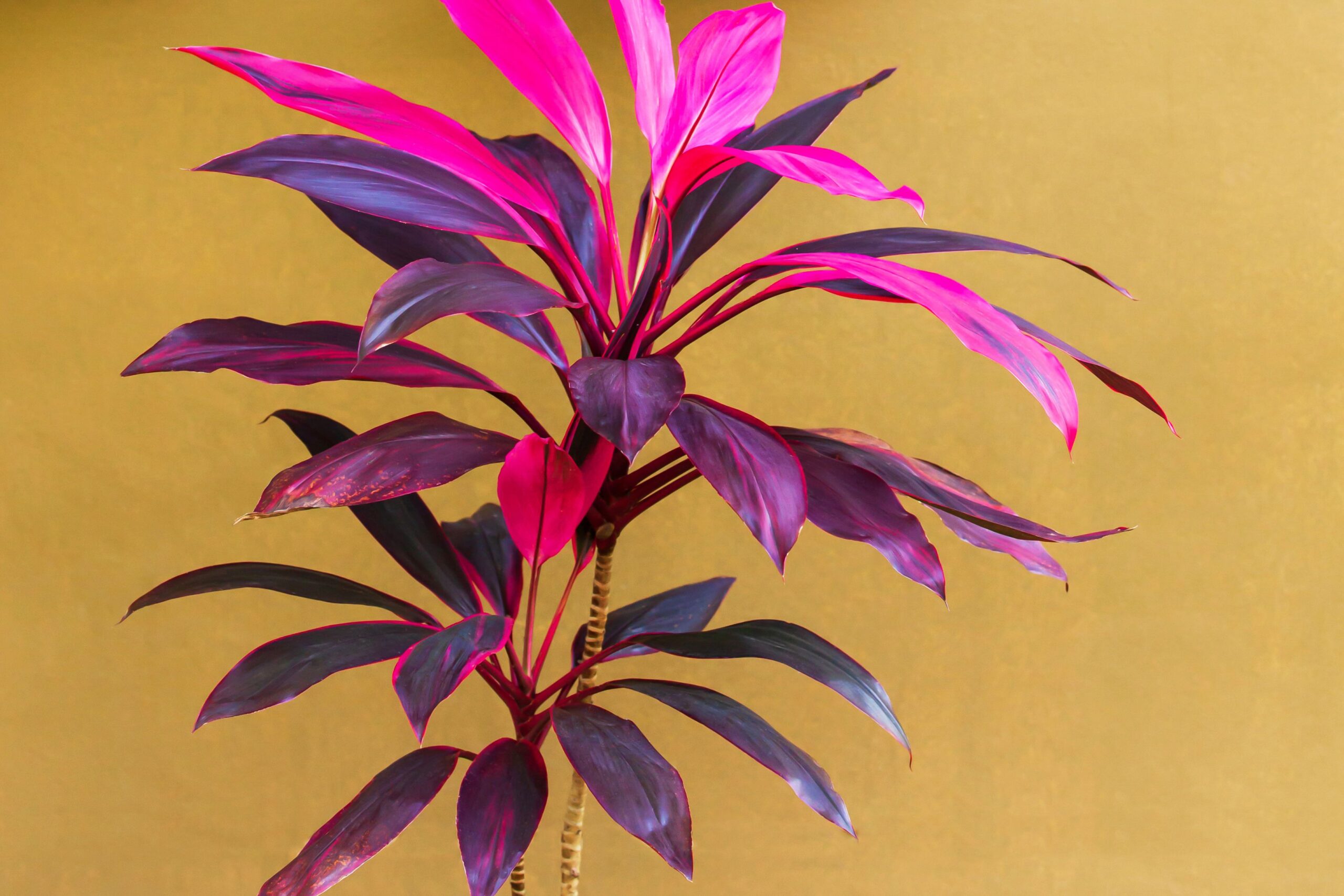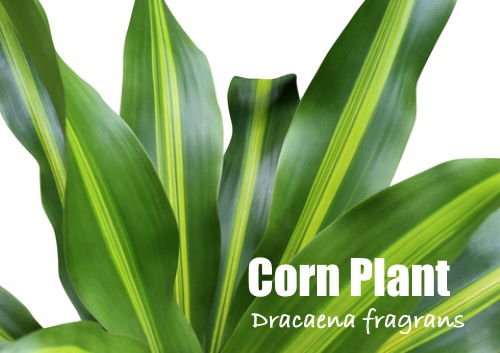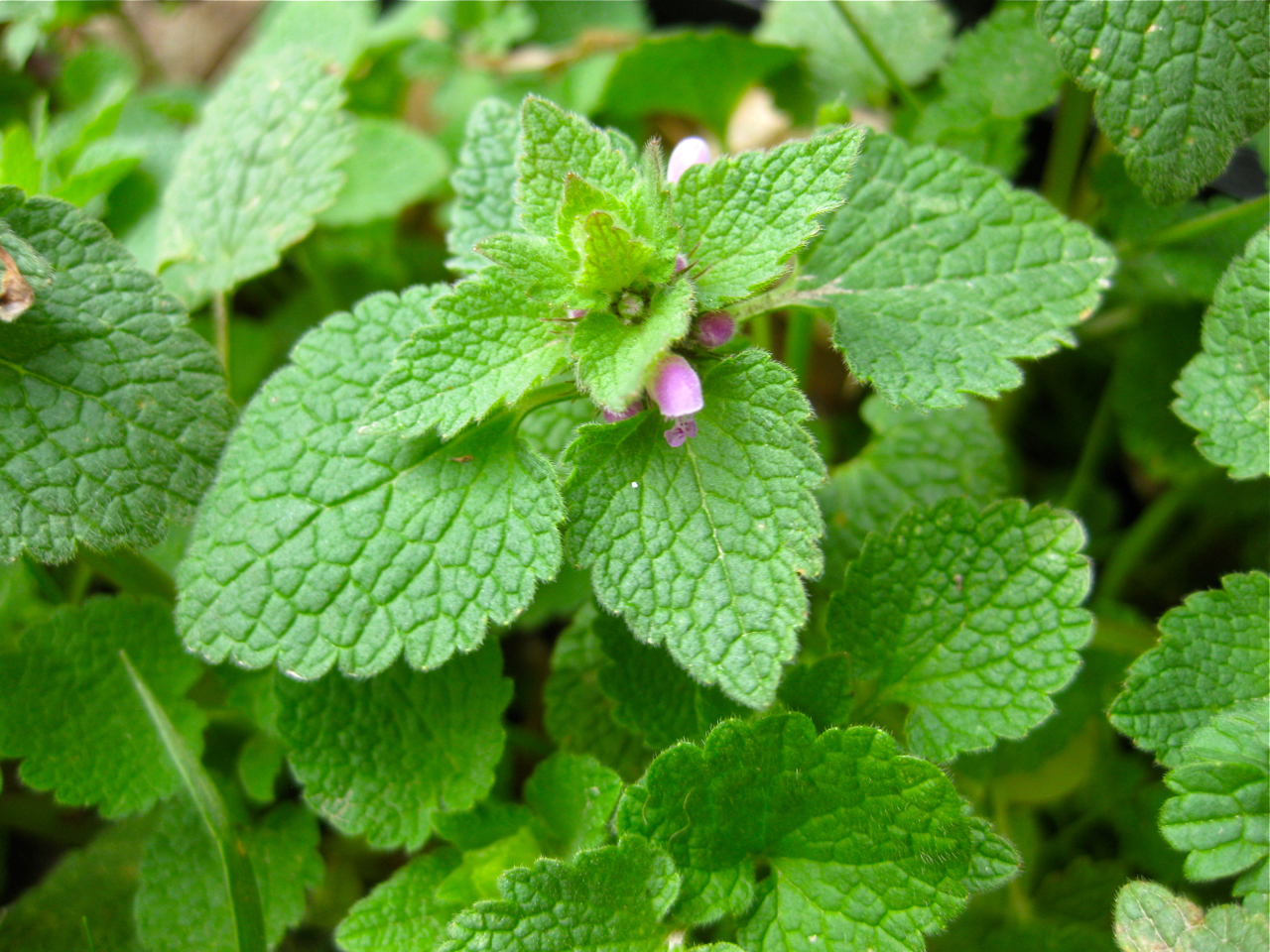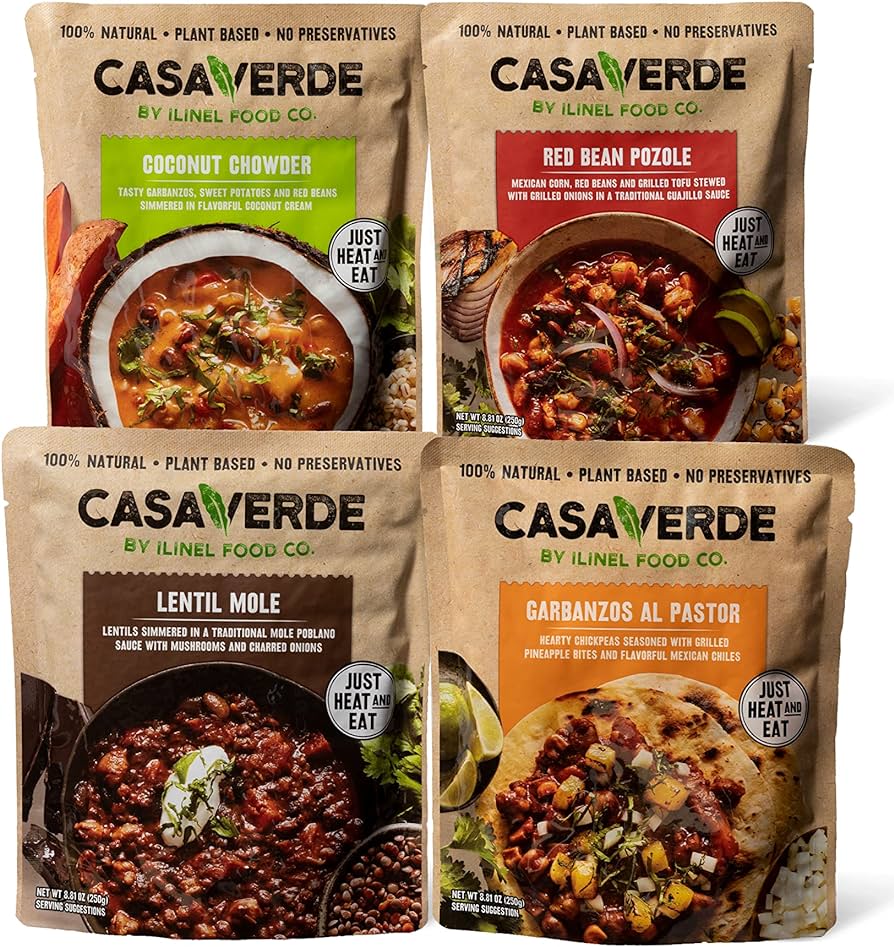Edible plants of the Pacific Northwest include blackberries, huckleberries, salmonberries, camas, cattail, elderberry, common nettle, Oregon grape, and thimbleberry, among others. The region’s native flora offers a diverse range of edible and medicinal plants, making it a forager’s paradise.
Washington State, in particular, is home to staple crops like wapato, camas, and springbank clover, among others. Additionally, the Pacific Northwest is known for its delicious evergreen huckleberries, cloudberries, and lingonberries. However, foragers should also be aware of invasive species like Himalayan blackberry and Japanese knotweed, which can also be edible but should be harvested with caution.
This guide covers a number of wild edible plants in the Pacific Northwest, including Oregon, Washington, and British Columbia. Do not collect where prohibited.
Common Edible Plants
Discover a variety of edible plants native to the Pacific Northwest, including blackberries, huckleberries, and Oregon grape. These plants offer a delicious and sustainable food source for foragers in the region. Explore the natural bounty of the Pacific Northwest through these edible treasures.
Blackberries
Blackberries are abundant in the Pacific Northwest and are a popular choice for foragers. They are rich in antioxidants and can be used in various culinary creations, including jams, pies, and smoothies.
Huckleberry
Huckleberries are a favorite among foragers for their sweet and tangy flavor. These small, round berries are often used in desserts and preserves, and are packed with essential nutrients.
Salmonberry
Salmonberries are a delightful wild edible with a unique, tropical flavor. They can be enjoyed fresh or used in jams and syrups, adding a burst of color and flavor to dishes.
Camas
Camas bulbs were traditionally a staple food for indigenous people in the region. These starchy bulbs can be roasted or boiled and have a slightly sweet, nutty flavor.
Cattail
Cattails are versatile plants with edible parts such as shoots, roots, and pollen. They can be prepared in various ways and offer a good source of nutrition in the wild.
Elderberry
Elderberries are used in syrups, wines, and teas, and are known for their immune-boosting properties. They are also rich in vitamins and antioxidants.
Common Nettle
Common Nettles are nutritious and can be cooked like spinach or used in herbal teas. They are valued for their medicinal properties and are a good source of vitamins and minerals.
Oregon Grape
Oregon Grape berries are tart and slightly sweet, often used in jams and jellies. They are also known for their medicinal benefits and are a key ingredient in traditional herbal medicine.
Thimbleberry
Thimbleberries are delicate, raspberry-like fruits that are enjoyed fresh or in preserves. They have a sweet-tart flavor and are a delightful find for foragers.
Native Food Plants In Washington State
Washington State is home to a diverse range of native food plants that have been utilized by indigenous communities for centuries. These plants not only provide sustenance but also contribute to the rich cultural heritage of the region. Let’s explore some of the native food plants found in Washington State:
Wapato
Wapato, also known as Indian potato or duck-potato, is a starchy tuberous root that was traditionally harvested by Native American tribes in wetland areas. It was a significant source of carbohydrates and was prepared by boiling or roasting.
Camas
Camas is a bulbous perennial plant that produces edible flowers and starchy bulbs. The bulbs were traditionally pit-cooked by indigenous communities, resulting in a sweet and nutritious food source.
Springbank Clover
Springbank clover is a valuable source of protein and was consumed by Native American tribes in the form of cooked greens. It is also known for its medicinal properties, offering a wide range of health benefits.
Pacific Silverweed
Pacific silverweed is a perennial herb with edible rhizomes that were harvested and eaten by indigenous peoples. The rhizomes were typically dried, ground into flour, and used in various culinary preparations.
Fernleaf Biscuitroot
Fernleaf biscuitroot is a member of the carrot family and is prized for its edible taproots. The taproots were a crucial food source and were often steamed, roasted, or consumed raw.
Harvest Brodiaea
Harvest brodiaea is characterized by its edible corms, which were a staple food for indigenous communities. The corms were harvested and prepared in a variety of ways, adding diversity to their diet.
Beaked Sedge
Beaked sedge is a native grass-like plant that produces edible seeds. These seeds were traditionally harvested and ground into flour, offering a valuable source of nutrition for the local inhabitants.
Indian Ricegrass
Indian ricegrass is a species of grass known for its edible grains, which were gathered and utilized for their nutritional benefits. The grains were often parched and ground into flour for making bread and porridge.
Lesser-known Edible Fruits
When it comes to foraging for edible fruits in the Pacific Northwest, there are several lesser-known options that are worth exploring. From the delicious evergreen huckleberries to the unique cloudberries and crowberries, as well as the importance of distinguishing between the edible lingonberry and the poisonous baneberry, there is a wealth of interesting and tasty fruits waiting to be discovered.
Evergreen Huckleberries
Evergreen huckleberries, also known as black huckleberries, are small, dark purple berries that grow on shrubs throughout the Pacific Northwest. They are packed with antioxidants and have a sweet-tart flavor that makes them perfect for jams, pies, and even fresh snacking.
Cloudberries
Cloudberries are a rare find in the Pacific Northwest, typically found in boggy or marshy areas. These golden-orange berries have a unique, tangy taste that is often compared to a combination of apricots and raspberries. They are rich in Vitamin C and can be enjoyed fresh or used in preserves.
Crowberries
Crowberries are small, dark berries that are commonly found in subalpine and alpine regions of the Pacific Northwest. They have a mild, earthy flavor and are often used in jams, jellies, and pies. These berries are a good source of fiber and antioxidants.
Edible Lingonberry Vs. Poisonous Baneberry
It’s important to distinguish between the edible lingonberry and the poisonous baneberry, as they can look similar at first glance. The lingonberry, also known as the mountain cranberry, is a bright red berry that grows on low, evergreen shrubs. It is tart and slightly sweet, often used in sauces and preserves. On the other hand, the baneberry, with its glossy red or white berries, is highly toxic and should be avoided.

Credit: www.amazon.com
Invasive Edible Plants In Oregon
Discover the invasive edible plants in Oregon that threaten the native ecosystem. While edible, plants such as Himalayan blackberry, Japanese knotweed, and Queen Anne’s Lace should be avoided for harvesting due to potential pesticide exposure. Instead, explore the abundance of native edible plants like blackberries, huckleberries, and salmonberries in the Pacific Northwest.
Himalayan Blackberry
Himalayan blackberry, an invasive species in Oregon, is a prolific producer of delicious blackberries. However, it can rapidly spread and displace native vegetation.
Japanese Knotweed
Japanese knotweed, another invasive edible plant, is known for its edible shoots. However, its aggressive growth can cause damage to infrastructure and native plant communities.
Mint
Mint, while valued for its culinary uses, can become invasive and outcompete native plants in Oregon’s ecosystems.
Dandelion
Dandelion, often used for its edible leaves and roots, can quickly spread in lawns and gardens, outcompeting native vegetation.
Lemon Balm
Lemon balm, prized for its lemon-scented leaves used in teas and culinary dishes, can escape cultivation and establish itself in the wild.
Nettles
Nettles, known for their edible and medicinal properties, can be invasive and form dense stands, impacting native plant diversity.
Wakame Seaweed
Wakame seaweed, an invasive edible seaweed, can outcompete native seaweeds along the Oregon coast, altering marine ecosystems.
Queen Anne’s Lace
Queen Anne’s lace, also known as wild carrot, has edible roots but can spread rapidly, competing with native plants in Oregon’s natural areas.
Medicinal Plants Of Oregon
Explore the diverse world of medicinal plants native to Oregon, each offering unique health benefits.
Rosemary
Rosemary, known for its aromatic fragrance, is a versatile herb with medicinal properties.
Wall Germander
Wall Germander is a traditional remedy used for various ailments in herbal medicine.
Lavender
Lavender, prized for its calming effects, is often used in aromatherapy and herbal teas.
Oregano
Oregano, a staple in culinary dishes, also contains powerful antioxidants and antimicrobial properties.
Coneflower
Coneflower, also known as Echinacea, is a popular herb for boosting immunity and fighting infections.

Credit: frida-clements.myshopify.com
Safety Guidelines For Harvesting
When foraging for edible plants in the Pacific Northwest, it is crucial to follow safety guidelines to ensure a positive and sustainable harvesting experience. Below are essential tips to keep in mind:
Avoiding Pesticide-contaminated Plants
1. Avoid harvesting plants near agricultural areas or roadsides where pesticide use is common.
2. Carefully inspect plants for any signs of pesticide contamination, such as discoloration or unusual growth patterns.
3. Prioritize harvesting from organic sources or wild areas with minimal human impact to reduce the risk of pesticide exposure.
Ethical Harvesting Practices
1. Respect the natural environment by only taking what you need and avoiding over-harvesting any plant species.
2. Learn about the native plants and their ecosystem to ensure you are not disrupting the balance of the environment.
3. Obtain permission if harvesting on private land and always follow regulations regarding plant collection in public areas.
By following these safety guidelines for harvesting edible plants in the Pacific Northwest, you can enjoy the abundance of nature responsibly and sustainably.
Exploring Wild Edible Plants
Agoseris
Agoseris, also known as mountain dandelion, is a wild edible plant that can be found throughout the Pacific Northwest. The entire plant is edible, and its young leaves can be added to salads for a touch of bitterness.
Bittercress
Bittercress, a member of the mustard family, is a common wild edible plant in the Pacific Northwest. Its peppery leaves and stems make a flavorful addition to salads or can be used as a garnish.
Bedstraw
Bedstraw, with its whorls of narrow leaves, is a versatile wild edible plant. Its tender young shoots can be steamed or sautéed, while its leaves can be dried and used to make herbal tea.
Stinging Nettle
Stinging Nettle is a nutrient-rich wild edible plant found in the Pacific Northwest. Despite its sting, once cooked, the leaves lose their stinging properties and can be used in soups, teas, or as a cooked green.
Sea Asparagus
Sea Asparagus, also known as Salicornia pacifica, is a coastal edible plant that thrives in salty marshes and estuaries. Its succulent texture and salty flavor make it a popular addition to seafood dishes.

Credit: www.wnps.org
Frequently Asked Questions
What Food Plants Are Native To Washington State?
Wapato, camas, springbank clover, Pacific silverweed, fern leaf biscuitroot, harvest brodiaea, beaked sedge, and Indian ricegrass are all food plants native to Washington state. In addition, evergreen huckleberries, cloudberries, and lingonberries are also fruits native to the Pacific Northwest. However, invasive plants such as Himalayan blackberry and Japanese knotweed should be avoided while harvesting.
Moreover, plants like rosemary, lavender, and oregano have medicinal properties and can be found in Oregon.
What Fruit Is Native To The Pacific Northwest?
The fruit native to the Pacific Northwest includes blackberries, huckleberries, salmonberries, and thimbleberries.
What Are The Invasive Edible Plants In Oregon?
In Oregon, invasive edible plants include Himalayan blackberry, Japanese knotweed, mint, dandelion, lemon balm, nettles, wakame seaweed, Queen Anne’s Lace, and bull thistle. Avoid harvesting where pesticides have been used.
What Are The Medicinal Plants In Oregon?
Oregon’s medicinal plants include Rosemary, Wall Germander, Lavender, Oregano, and Coneflower, known for treating various ailments.
What Are Some Edible Plants Native To The Pacific Northwest?
Some examples of native edible plants in the Pacific Northwest include blackberries, huckleberries, salmonberries, camas, and cattail.
Conclusion
Discover the diverse array of edible plants in the Pacific Northwest, from blackberries to camas and nettles. Embrace the natural bounty of the region and incorporate these native treasures into your diet. Explore the rich flavors and health benefits of foraging for wild edibles in this unique ecosystem.


